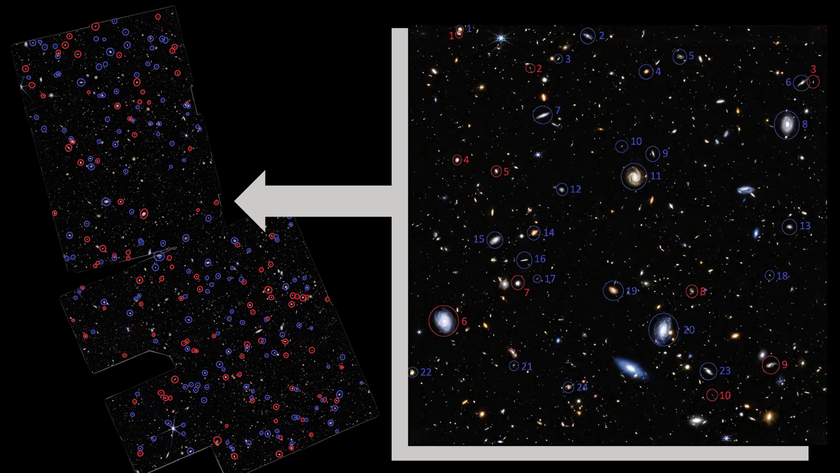The Search for Gravitational Waves (Gallery)
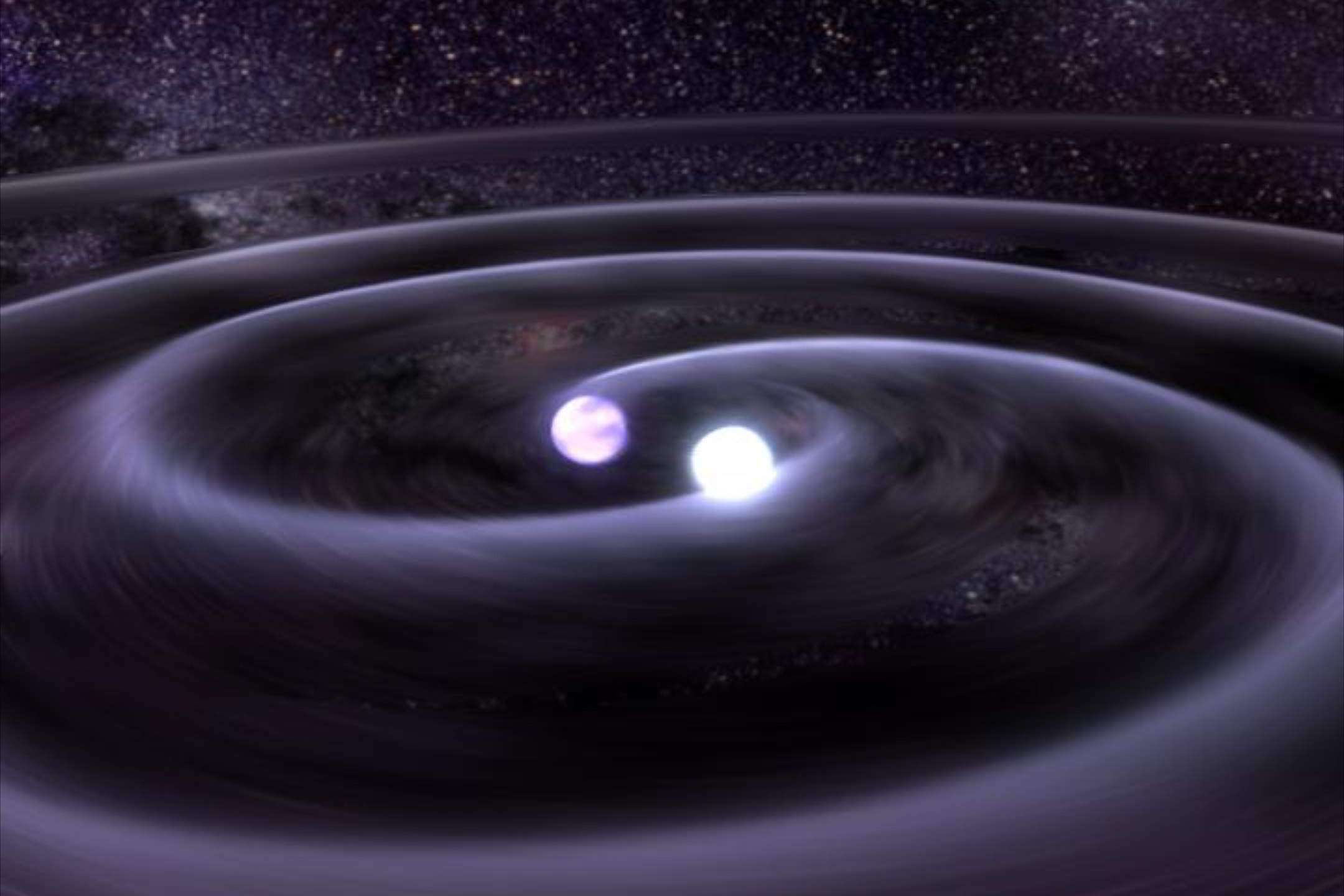
B-Mode Pattern Observed with the BICEP2 Telescope
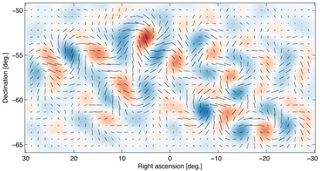
Gravitational waves from inflation generate a faint but distinctive twisting pattern in the polarization of the cosmic microwave background, known as a "curl" or B-mode pattern. For the density fluctuations that generate most of the polarization of the CMB, this part of the primordial pattern is exactly zero. Shown here is the actual B-mode pattern observed with the BICEP2 telescope, which is consistent with the pattern predicted for primordial gravitational waves. The line segments show the polarization strength and orientation at different spots on the sky. The red and blue shading shows the degree of clockwise and anti-clockwise twisting of this B-mode pattern.
B-Mode Polarization Pattern Observed by BICEP2
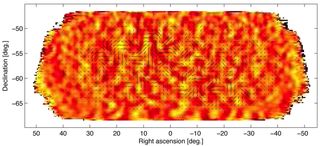
The tiny temperature fluctuations of the cosmic microwave background (shown here as color) trace primordial density fluctuations in the early universe that seeded the later growth of galaxies. These fluctuations produce a pattern of polarization in the CMB that has no twisting to it. Gravitational waves from inflation are expected to produce much a fainter pattern that includes twisting ("B-mode") polarization, consistent with the pattern observed by BICEP2, which is shown here as black lines. The line segments show the polarization strength and orientation at different spots on the sky.
BICEP 2 Sunset
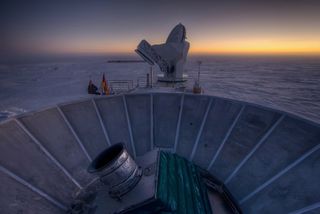
The sun sets behind BICEP2 (in the foreground) and the South Pole Telescope (in the background).
How Gravitational Waves Work (Infographic)
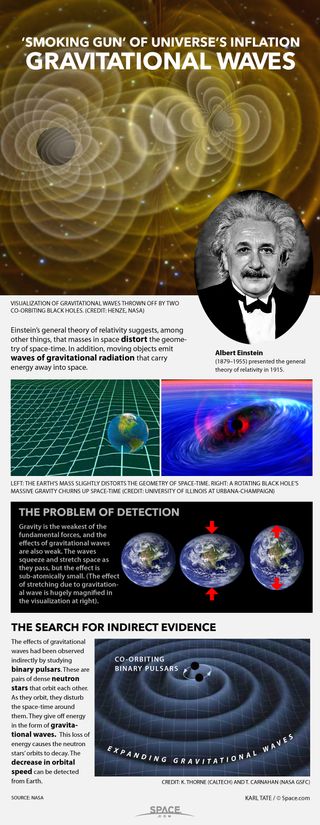
Moving masses generate waves of gravitational radiation that stretch and squeeze space-time. See how gravitational waves work in this Space.com infographic.
BICEP2 Electronics Testing
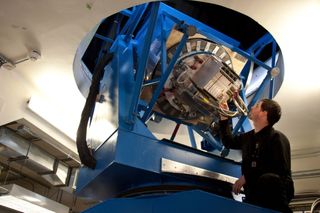
Graduate student Justus Brevik tests the BICEP2 readout electronics.
BICEP2 Focal Plane
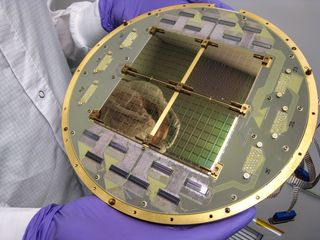
The BICEP2 telescope’s focal plane consists of 512 superconducting microwave detectors, developed and produced at NASA’s Jet Propulsion Laboratory.
Gravity Waves
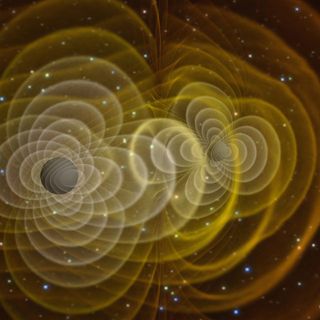
3D visualization of gravitational waves produced by two orbiting black holes.
Get the Space.com Newsletter
Breaking space news, the latest updates on rocket launches, skywatching events and more!
Lack of Gravity Waves Puts Limits on Exotic Cosmology Theories
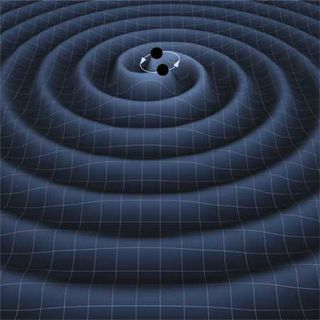
Artist's impression of gravitational waves from two orbiting black holes.
Cosmic Superstrings Might Sing in Gravity Waves
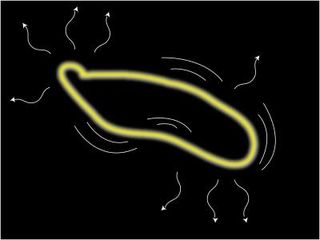
Cosmic superstring loops wiggle and oscillate, producing gravitational waves, then slowly shrink as they lose energy until they disappear.
LISA Gravity Wave Hunting Mission
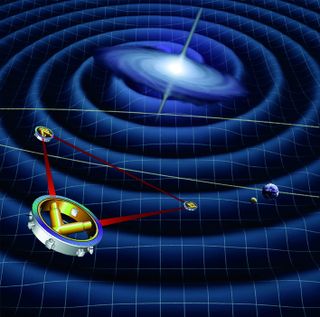
The LISA mission was planned to be the first space-based mission to attempt the detection of gravitational waves. These are ripples in spacetime that are emitted by exotic objects such as black holes.
Gravitational Waves
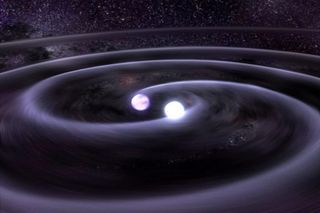
Cataclysmic events, such as this artist's rendition of a binary-star merger, are believed to create gravitational waves that cause ripples in space-time.
Join our Space Forums to keep talking space on the latest missions, night sky and more! And if you have a news tip, correction or comment, let us know at: community@space.com.

Clara Moskowitz is a science and space writer who joined the Space.com team in 2008 and served as Assistant Managing Editor from 2011 to 2013. Clara has a bachelor's degree in astronomy and physics from Wesleyan University, and a graduate certificate in science writing from the University of California, Santa Cruz. She covers everything from astronomy to human spaceflight and once aced a NASTAR suborbital spaceflight training program for space missions. Clara is currently Associate Editor of Scientific American. To see her latest project is, follow Clara on Twitter.


